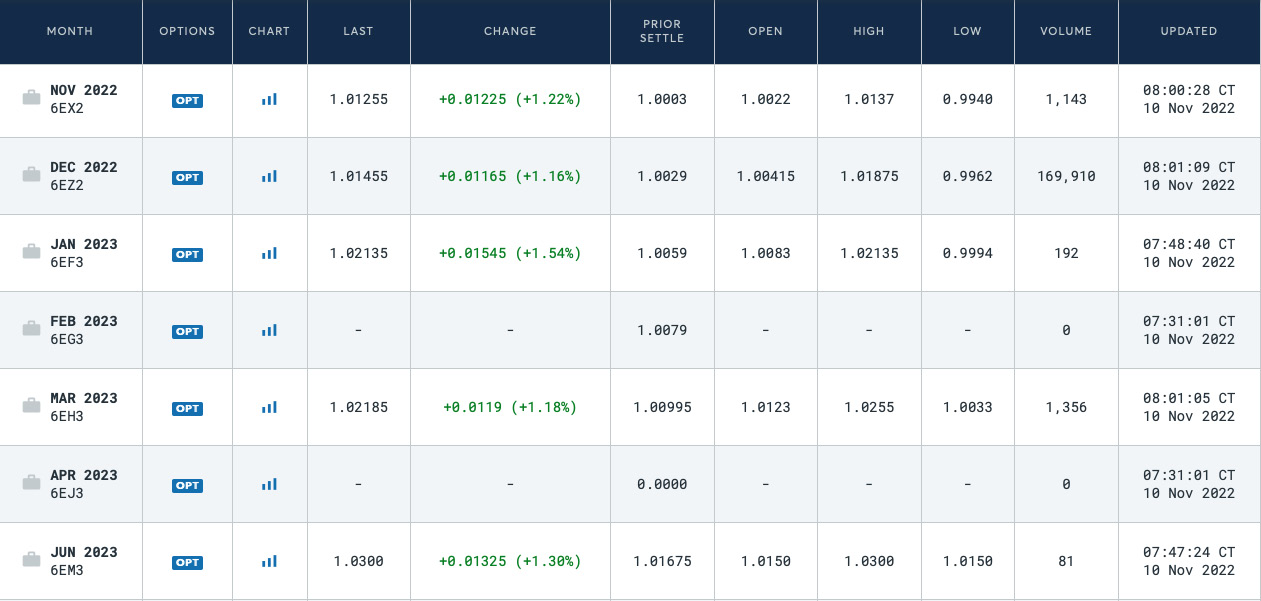As we saw in the previous section, arbitrage is based on the idea of mispricing: a situation in which an asset is priced incorrectly. But to say whether something is priced incorrectly or correctly, we need a reference that is known to be priced correctly, don’t we?
In classical arbitrage, such a reference is the asset price itself, and we take advantage of mispricing across different trading venues trading the same asset. Statistical arbitrage (stat arb) uses the concept of fair value to determine whether the asset is mispriced. In simple terms, with classical arbitrage, we compare the price of the asset versus another price of the asset that exists at the same moment in time. With stat arb, we compare the price of the asset to a theoretical fair value to which we expect the price to revert in the future.
In a certain sense, stat arb is a modification or extension of the concept of mean reversion. Indeed, a successful mean reversion strategy is based on the statistical analysis of various price-volume-volatility setups, with the assumption that if the price is too far from a certain mean value, then it will return to it sooner or later. Stat arb replaces the mean value with a fair value, which can be derived from multiple factors, from money flows to political situations.
One of the most popular applications of stat arb is derivatives trading. We already quickly mentioned derivatives in the Trade mechanics – again some terminology section of Lesson 3, FX Market Overview from a Developer’s Standpoint. Let’s get a bit deeper into this complex yet very interesting domain.
In simple terms, a derivative is a financial instrument that gives its owner either a right to buy or sell an asset or the obligation to buy or sell an asset at a certain price on a certain date. Note these two mandatory attributes of a derivate: at a certain price on a certain date. This makes derivatives priced differently from the asset (which is called the underlying) – because they all have an expiration, a date on which the final settlement should be made.
It indeed sounds sophisticated if you’re not familiar with derivatives, but in fact, it’s quite simple. Let’s consider an example.
Suppose that today is January 1 and the current price of EURUSD is 1.00000. I think that the price will grow by the third Friday of March to 1.02000. You think that it will not exceed 1.01000. So, you sell a future contract, which is an obligation to sell the euro at 1.01000, and I buy this contract, which for me, means an obligation to buy the euro from you on the same date – the third Friday of March. This date is called the expiration date of the future contract, and the process of mutual buying and selling on expiration is called settlement.
I think it’s clear what may happen with our positions on the expiration date. If I am right and the price of the euro has indeed raised to 1.02000, then I buy the euro from you at 1.01000 and immediately sell at 1.02000, which means I made a profit of 100 pips. Subsequently, you have to sell the euro to me at 1.01000, and given its market price is now 1.02000, you suffer a loss of 100 pips.
The expiration date significantly affects the price of the future contract. Typically, the more distant the expiration date, the greater the difference in the price of the respective future contract compared to today’s price, or the spot price. The following figure illustrates this difference:

Figure 9.11 – Prices of CME FX euro futures with various expiration dates (source: CME)
You can see that the more distant the expiration date, the greater the price of the respective future contract. This means that the overall sentiment in the market at the moment of this snapshot is bullish – most traders think the euro will grow over time.
Of course, this sentiment can’t be traded as is – because the price of the underlying can go down and then the prices of future contracts will also decrease. However, differences in prices open doors to stat arb between them: we can assume that eventually – by the expiration date – the price of the future should revert to the fair value, which will be the spot price of the euro itself. Thus, buying contracts with earlier expiration dates and selling those that expire later, or vice versa, could be a kind of stat arb between the derivatives markets.
Normally, a stat arb setup includes hundreds of markets, and sometimes thousands, looking for statistically confirmed potential mispricing (potential – because they do not exist in a single moment of time, but may be realized in the future). We are not going to consider stat arb in detail, as this domain is so large that it deserves a separate app.
However unlike classical arbitrage, stat arb is surely available to any trader (with sufficient funding to afford to have dozens of concurrently open positions), so if you are interested in learning more about it, I’d recommend starting with some mathematics, namely, learning about correlation and cointegration, and then reading a short but quite informative article by Sabir Jana, CFA, in which the author explains the basics of building a stat arb setup using stocks – but the same approach can be applied to currencies and their derivatives.
So far, we have considered alpha-generating strategies that base their entries on various setups in terms of price, volume, and volatility. However, there is a class of strategies that do not consider this market information at all, or at least partly. These are event-driven strategies – and don’t confuse them with the event-driven architecture of applications!
Leave a Reply